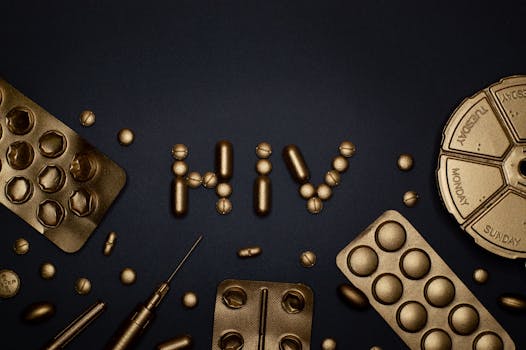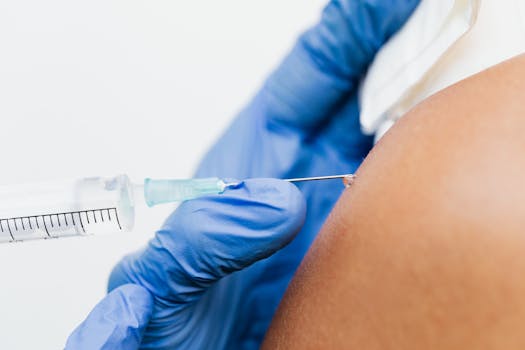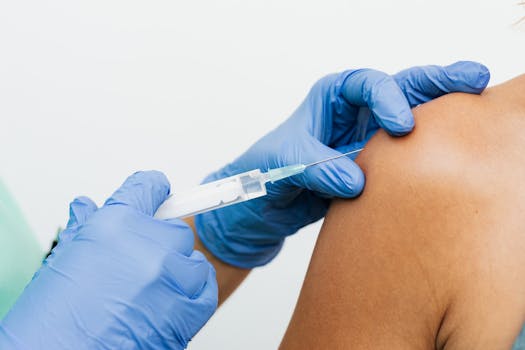
The Science Behind Vaccines and Public Health: Understanding the Importance of Vaccination
Vaccines and public health are closely intertwined, as vaccines play a crucial role in maintaining public health by preventing the spread of infectious diseases. The science behind vaccines is based on the principle of immunization, where the body is introduced to a harmless form of a pathogen, triggering an immune response that protects against future infections.
History of Vaccines

The concept of vaccination dates back to the 18th century, when Edward Jenner developed the first vaccine against smallpox. Since then, vaccines have been developed against a wide range of diseases, including measles, mumps, rubella, polio, and many others. The development of vaccines has been a significant factor in the control and elimination of many infectious diseases.
The Science Behind Vaccines

Vaccines work by introducing a small, harmless piece of a pathogen, such as a virus or bacteria, to the body. This triggers an immune response, where the body produces antibodies and immune cells that recognize and attack the pathogen. This provides protection against future infections, as the body is able to recognize and respond to the pathogen more quickly and effectively.
Types of Vaccines
There are several types of vaccines, including:
- Inactivated vaccines: These vaccines contain a killed or inactivated form of the pathogen, which is unable to cause disease.
- Live, attenuated vaccines: These vaccines contain a weakened form of the pathogen, which is able to cause a mild infection but not serious disease.
- Subunit vaccines: These vaccines contain only a portion of the pathogen, such as a protein or sugar, which is able to trigger an immune response.
- Conjugate vaccines: These vaccines combine a weak antigen with a carrier protein to enhance the immune response.
Impact of Vaccines on Public Health

Vaccines have had a significant impact on public health, with many diseases being controlled or eliminated through vaccination. Some examples include:
- Smallpox: Vaccination led to the global eradication of smallpox in 1980.
- Polio: Vaccination has led to a significant reduction in polio cases, with only a few cases reported in recent years.
- Measles: Vaccination has led to a significant reduction in measles cases, with the disease being eliminated in many countries.
Vaccine-Preventable Diseases
Despite the success of vaccines, there are still many vaccine-preventable diseases that pose a significant public health risk. Some examples include:
- Influenza
- Pertussis (whooping cough)
- Haemophilus influenzae type b (Hib)
- Human papillomavirus (HPV)
Challenges and Controversies

Despite the importance of vaccines, there are still many challenges and controversies surrounding their use. Some examples include:
- Vaccine hesitancy: Some people are hesitant to vaccinate due to concerns about safety or efficacy.
- Vaccine availability: Some vaccines may not be available in all countries or regions, leading to disparities in vaccination rates.
- Vaccine distribution: Vaccines may not be distributed evenly, leading to disparities in vaccination rates.
Addressing Challenges and Controversies
To address these challenges and controversies, it is essential to:
- Provide accurate and reliable information about vaccines and their benefits.
- Improve access to vaccines, particularly in low-income and middle-income countries.
- Enhance vaccine distribution and delivery systems to ensure that vaccines are available to those who need them.
Conclusion

In conclusion, vaccines play a crucial role in maintaining public health by preventing the spread of infectious diseases. The science behind vaccines is based on the principle of immunization, where the body is introduced to a harmless form of a pathogen, triggering an immune response that protects against future infections. Despite the many successes of vaccines, there are still many challenges and controversies surrounding their use. By providing accurate and reliable information, improving access to vaccines, and enhancing vaccine distribution and delivery systems, we can address these challenges and ensure that vaccines continue to play a vital role in protecting public health.





